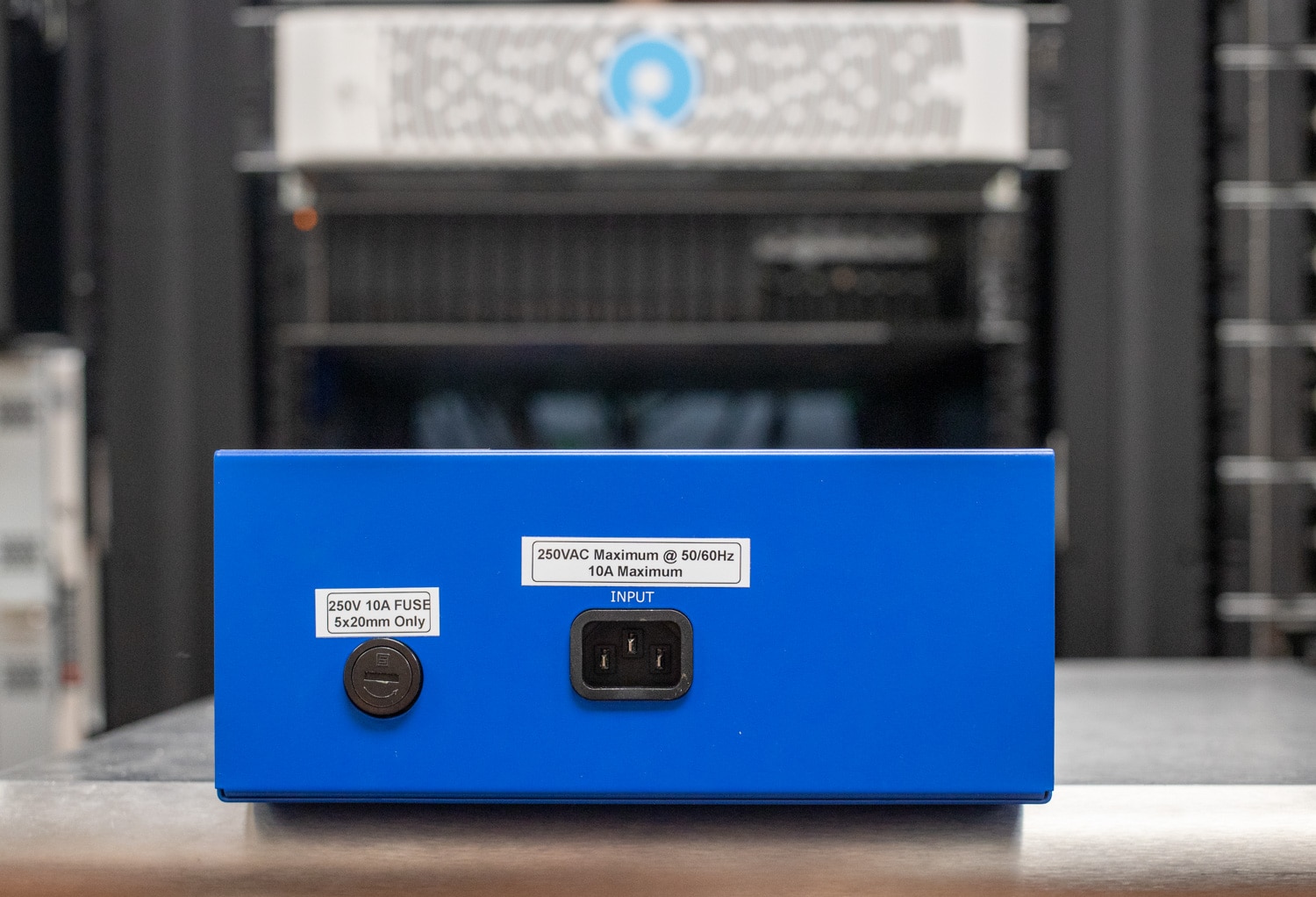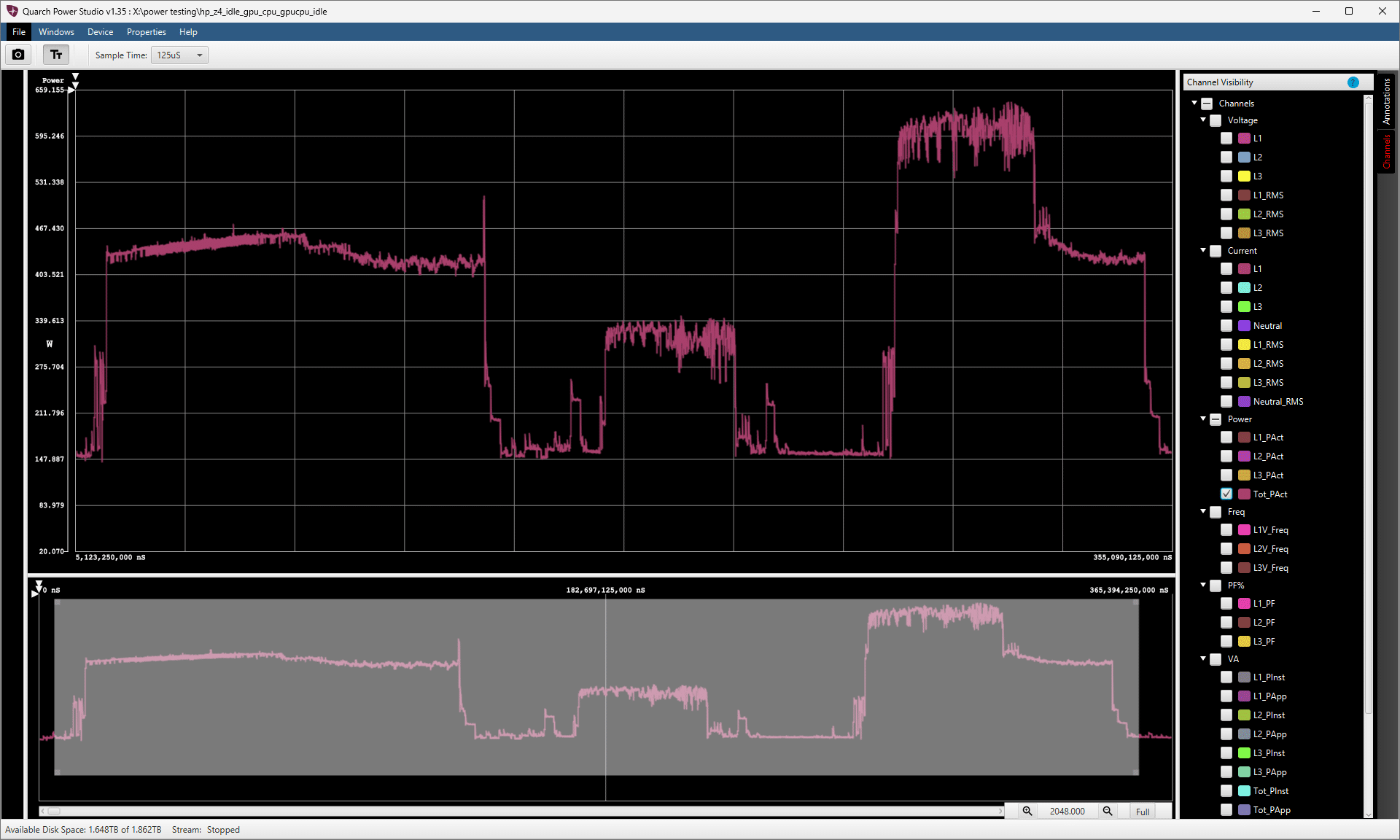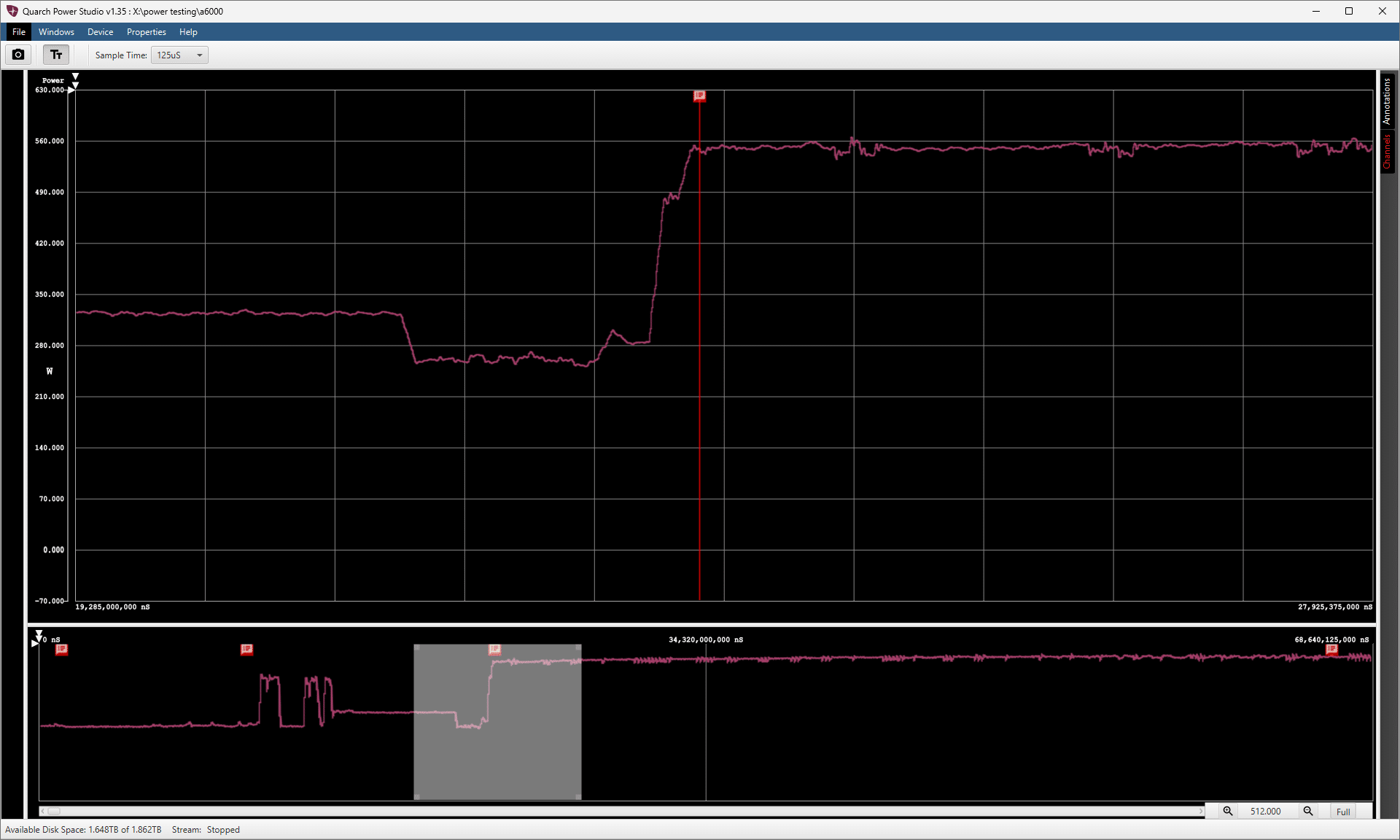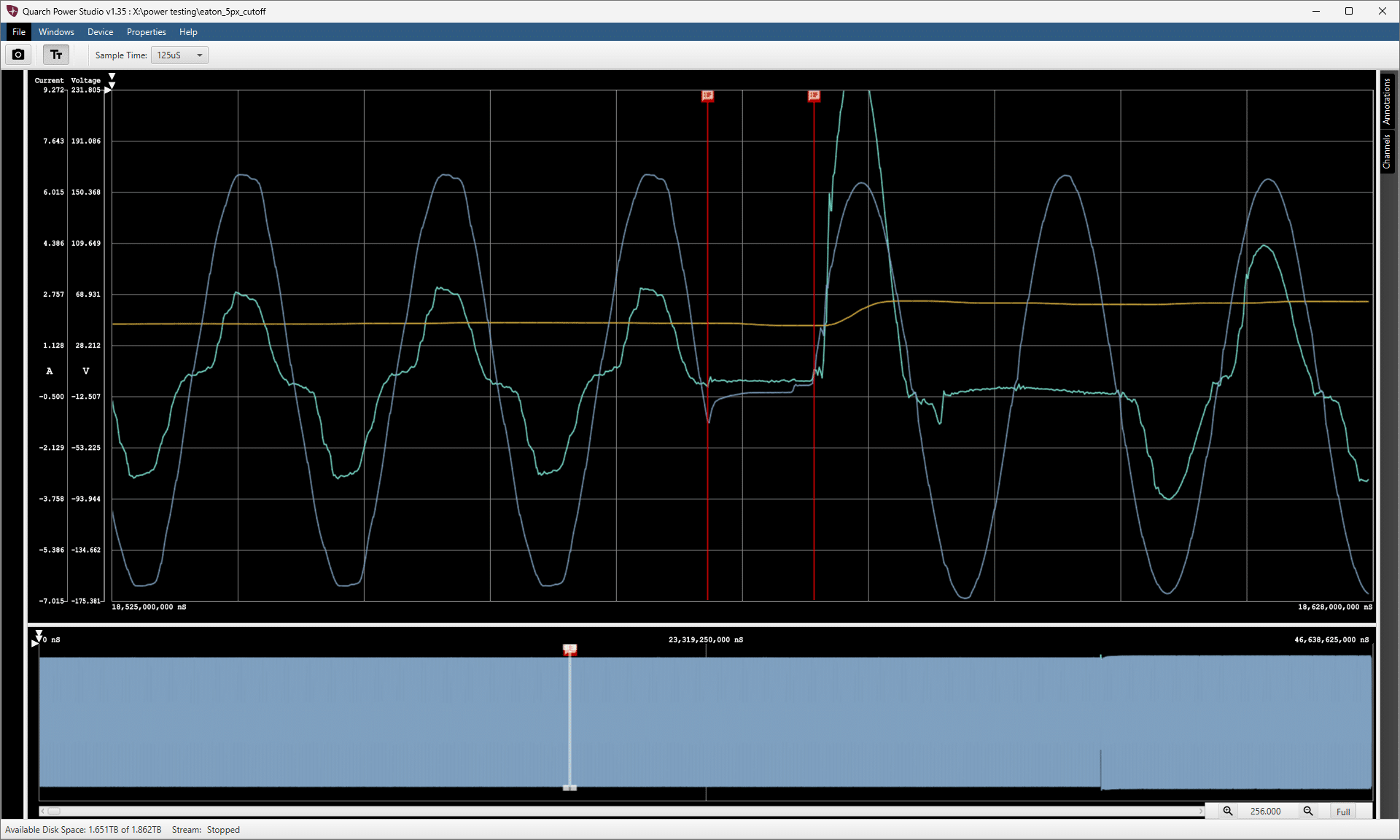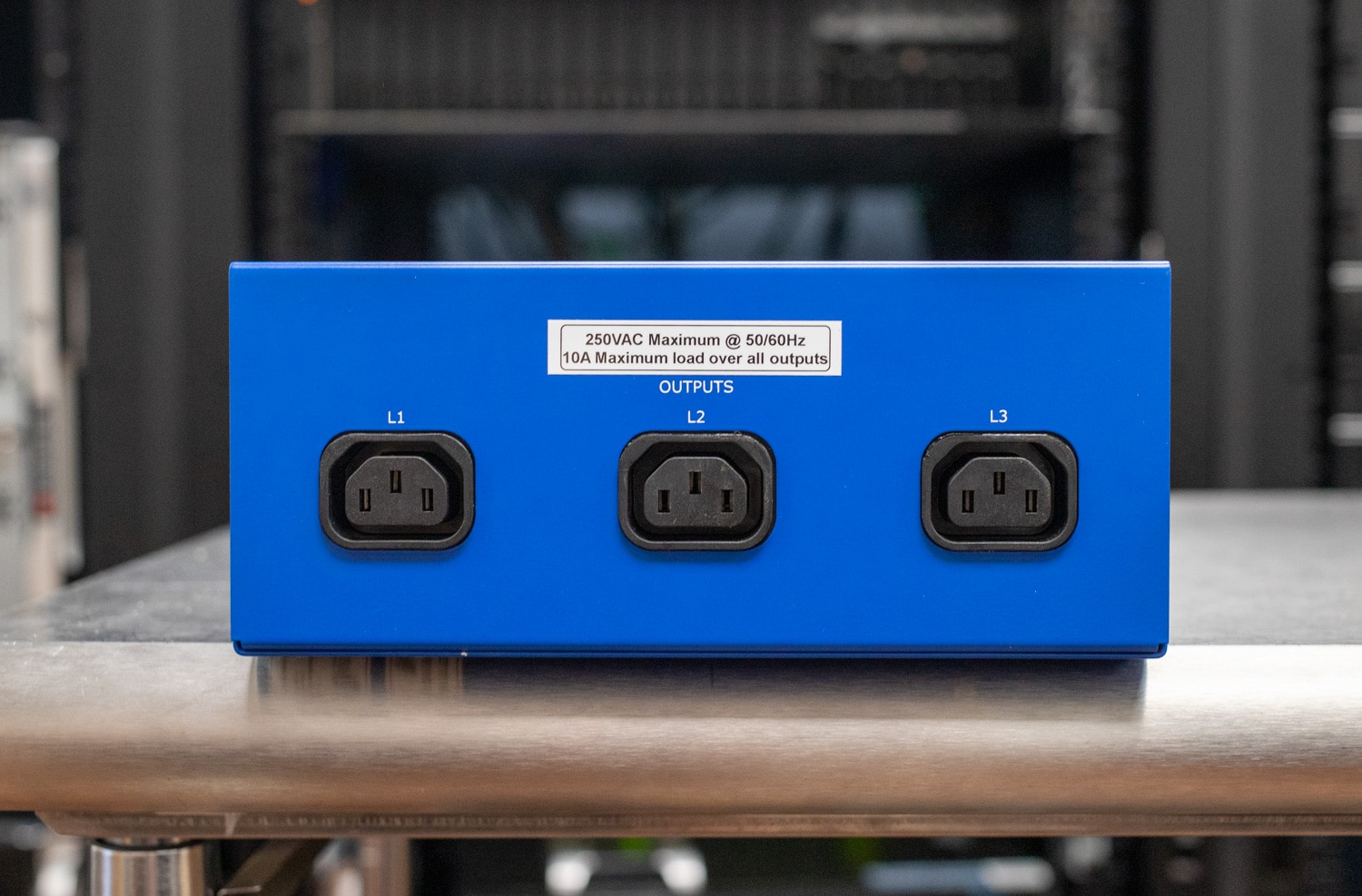The Quarch QTL2843 IEC Mains Power Analysis Module allows for extreme visibility into the power consumption of just about any Ac-powered device. In the context of our lab, that means we can look at a range of devices from workstations to servers, to get a more precise view of not just overall power consumption, but the impact of key devices like GPUs and accelerator cards, under load.
The Quarch QTL2843 IEC Mains Power Analysis Module allows for extreme visibility into the power consumption of just about any Ac-powered device. In the context of our lab, that means we can look at a range of devices from workstations to servers, to get a more precise view of not just overall power consumption, but the impact of key devices like GPUs and accelerator cards, under load.
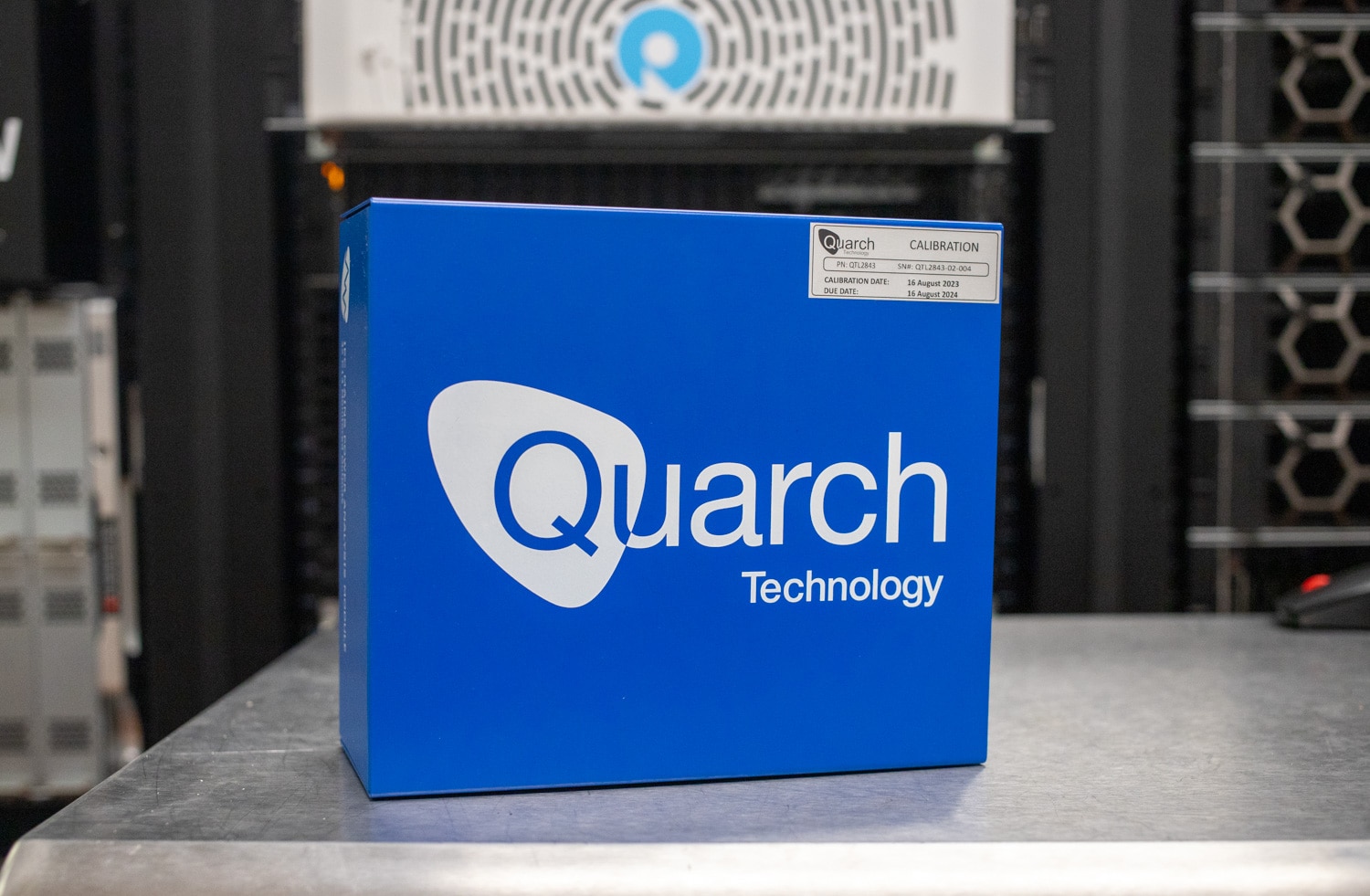
This data gives our reviews more depth and provides a more complete picture of the ongoing cost to operate these high-power machines. The Quarch QTL2843 supports all major US/EU/ROW voltages and frequencies and is essentially plug-and-play. The device sits in between the system under test and your PDU, capturing all of the consumption data along the way with a refresh time of up to 125 microseconds.
Quarch QTL2843 IEC Mains Power Analysis Module Specifications:
- Support up to 400v AC
- Supports 40-60Hz (and beyond)
- Fused at 10 Amps
- PoE powered or via 12v PSU
- USB and LAN connectivity
- 8KHz sampling rate
- Fully calibrated
Power Testing Scenarios
With the analysis module comes the Quarch Power Studio, which provides visual insight into power consumption. The software can capture data over extended periods of time and can easily be mapped to system activity. We’ve used Power Studio in a few reviews already to help us understand workstation power consumption. Let’s explore a few of those use cases to better articulate the value of the Quarch QTL2843.
The Quarch Mains Power Analysis Module has been leveraged in our recent review of the HP Z4 Rack G5 and TYAN Transport HX FT65T-B8050. The software allowed us to capture the baseline idle power, GPU load, CPU load, and GPU and CPU combined.
With a precise measurement offered, we were also able to leverage it in that same system when we compared the NVIDIA A6000 head-to-head against the NVIDIA RTX6000 Ada graphics card.
Another area beyond power draw testing that the Quarch unit has proven itself to be quite useful, is in how we test data center UPS hardware along with emerging portable power stations in AC-output quality and response times during power failure situations. Here the 125-microsecond sample time helps out quite a bit to measure how fast devices are able to switch between line current and internal battery power.
Conclusion
Expect to see continued use of the Quarch QTL2843 IEC Mains Power Analysis Module in upcoming reviews. Power usage plays a huge role in data center operation as it has a direct impact on operational costs and cooling impact. The QTL2843 will help us measure the impact at a system level across a wide range of systems, as well as how individual components can play a role in shaping system power usage.
While this is still early days for our power testing capabilities, we’re now able to at least answer some of the basic questions around system power consumption. As we scale up to larger systems, we will need a bigger boat, but for now, the Quarch QTL2843 is a reasonable and capable starting point.
Engage with StorageReview
Newsletter | YouTube | Podcast iTunes/Spotify | Instagram | Twitter | TikTok | RSS Feed

